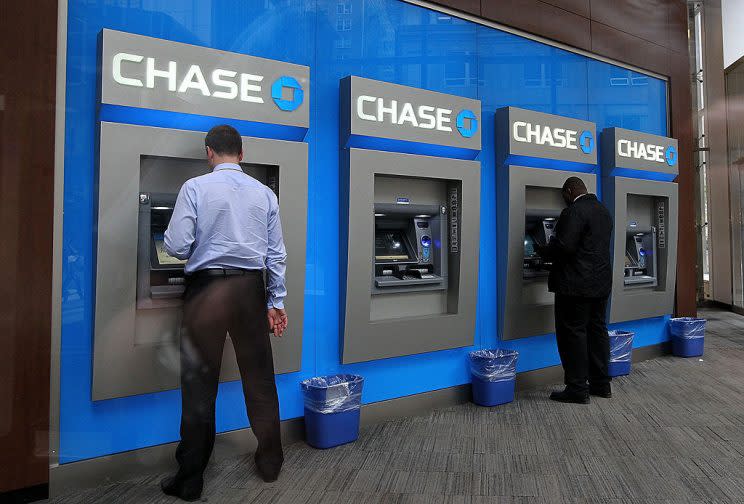Here’s how to avoid overdraft and ATM fees

Many of us view banks as a place to keep money safe, but more consumers are facing the harsh reality that some banks might actually be costing them money.
According to a study last year by CNNMoney, America’s three largest banks —JPMorgan Chase (JPM), Bank of America (BAC), and Wells Fargo (WFC) —earned more than $6 billion in 2016 thanks to ATM and overdraft fees. The January analysis was completed in conjunction with SNL Financial, and concluded that those banks collected $300 million more in bank fees compared to 2015.
Of the two fees, overdraft charges bring in the most money. In 2015, the Consumer Financial Protection Bureau (CFPB) reported that banks with assets over $1 billion collected $11.15 billion in overdraft fees and NSF revenue (fees for bouncing a check). Nationally, Pew Charitable Trust found that most large banks charge an overdraft fee of $35. And MoneyRates.com reported last month that over the past six months, overdraft fees also rose to reach an average of $32.34, adding 12 cents.
When it comes to ATM fees, the news is just as discouraging. A report from Bankrate found that the average fee for withdrawing cash from an out-of-network ATM is $2.90. On top of that, your own bank may charge you for not using their ATM (this fee is not disclosed during the time of withdrawal), bumping the average cost for using an out-of-network ATM to $4.57 per transaction.
As a consumer, it’s hard not to feel a bit helpless. We know it’s not a good idea to store all of our money under the mattress, but it also doesn’t feel good to throw away hundreds of dollars in bank fees every year. Take back some of your financial control by following these simple steps to avoid them.

Opt out of overdraft protection
A report from Pew Charitable Trusts found that 18% of account holders pay 91% of overdraft and NSF fees. Even more alarming, that 18% is typically more financially vulnerable, making less than $50,000 a year. If you fall in this category, it might be time to change the way you manage your checking account.
In 2010, the Overdraft Protection law made it illegal for banks to automatically enroll customers in an overdraft program. The issue is that customers may willingly opt in when setting up their bank account, and forget that they have the option to opt out at any time. In many cases, consumers can simply log onto their bank’s site, go to the settings, and opt out of the service. While having overdraft protection can feel like a security blanket – it allows you to make purchases on a debit card even if you don’t have sufficient funds in the account – it will cost you.
Set up online banking alerts
After opting out of overdraft protection, your next move should be to set up banking alerts on your smartphone. Every bank has different options, but usually you can have the bank send you an alert if your checking account balance falls below $50 or $25. This simple notification will warn you about an overdraft before it happens, giving you the opportunity to transfer funds or delay a purchase. Best of all: it won’t cost you a dime.
Cash out during check-out
If you use your debit card at a pharmacy or grocery store, the machine typically offers you the opportunity to get cash back. Take advantage of this offer. Instead of paying $2 to $4 dollars at an out-of-network ATM, stock up on cash when you can, and use it for future purchases.
Consider online banking
It’s wise to weigh all of your options when choosing a bank, and depending on your financial situation, an online bank might be a good fit. For instance, Ally is one of the leading online banks thanks to its competitive rates and lower fees. If you overdraft, Ally only charges $25, compared to the national average of $35. The bank also offers a free overdraft transfer service that will automatically move funds from your savings account to cover an overdraft.
When it comes to ATM use, Ally is a part of the Allpoint ATM system which is the largest no-fee ATM network nationwide. The ATMs are located inside retailers like CVS and Target, and users can pinpoint the closest machine using the bank’s handy ATM locator app. Better yet, if an Ally customer does incur a fee at a non-network ATM, the bank will reimburse customers up to $10 at the end of each statement cycle.
Brittany is a writer at Yahoo Finance.
More:
Worth the cost? Americans pay $159 a year in bank fees

